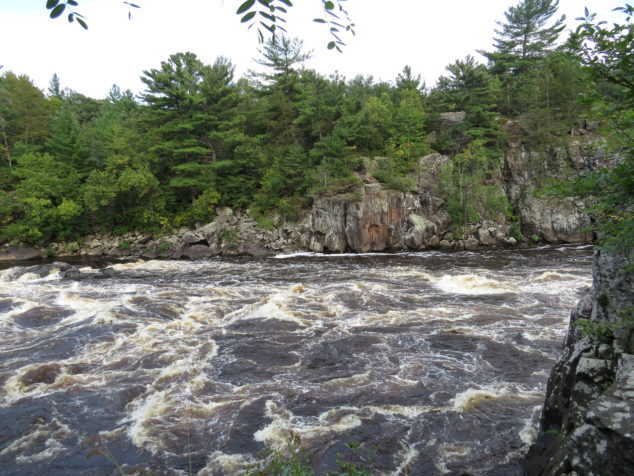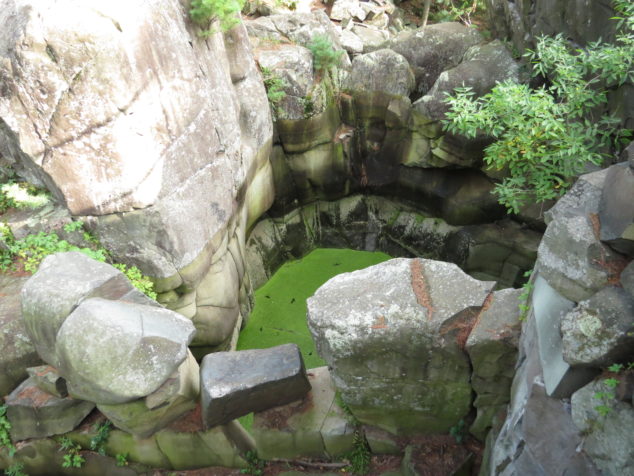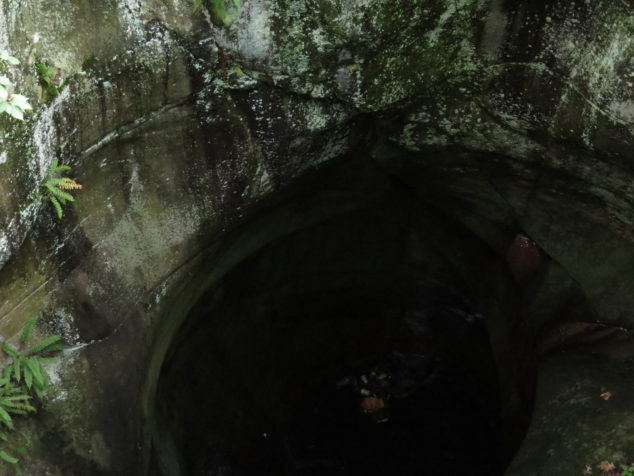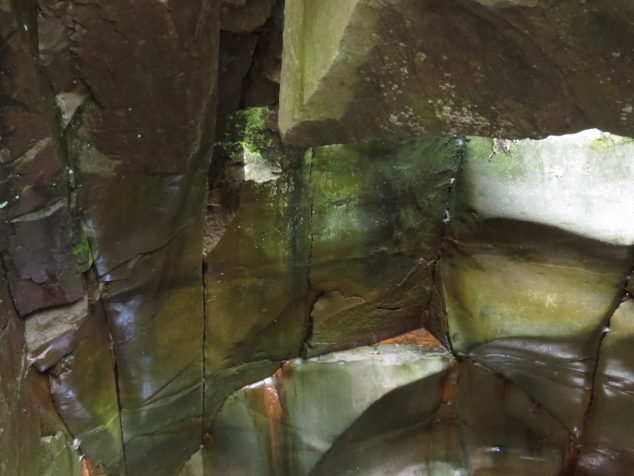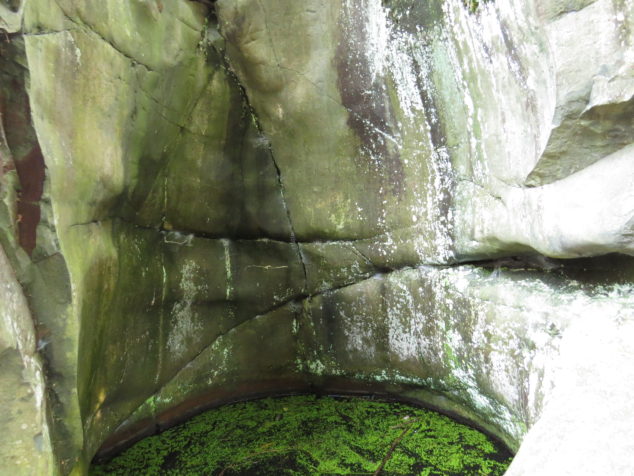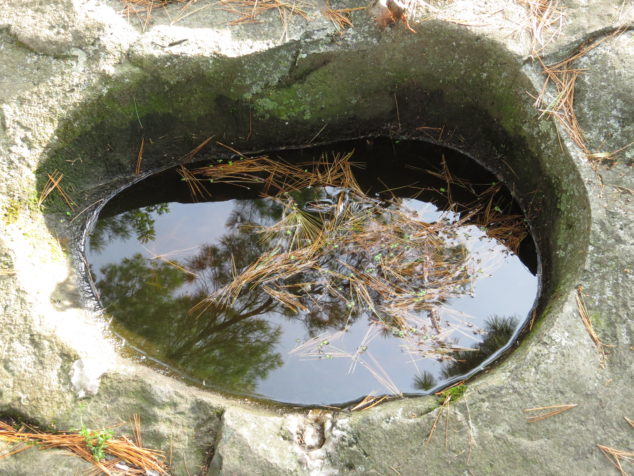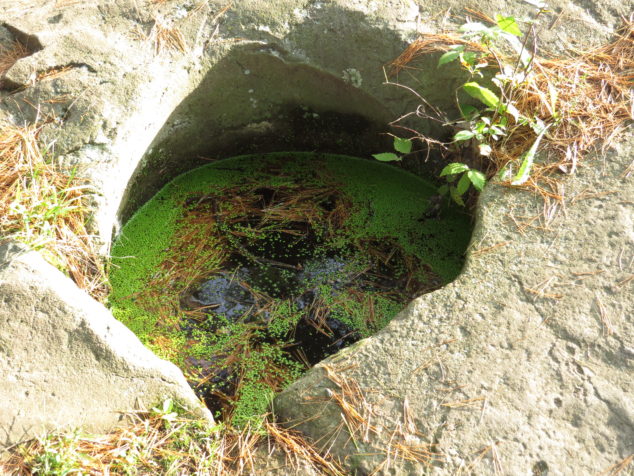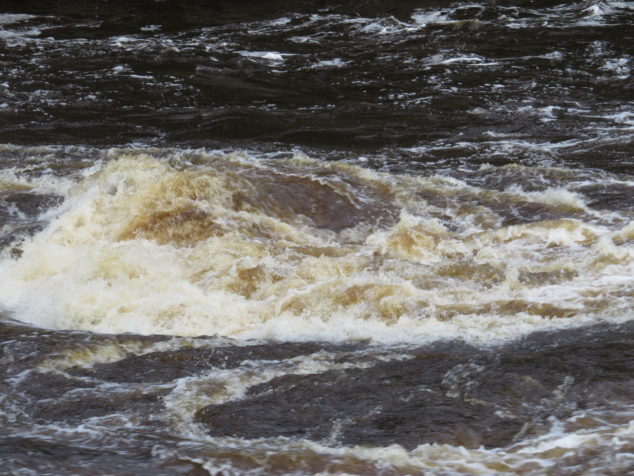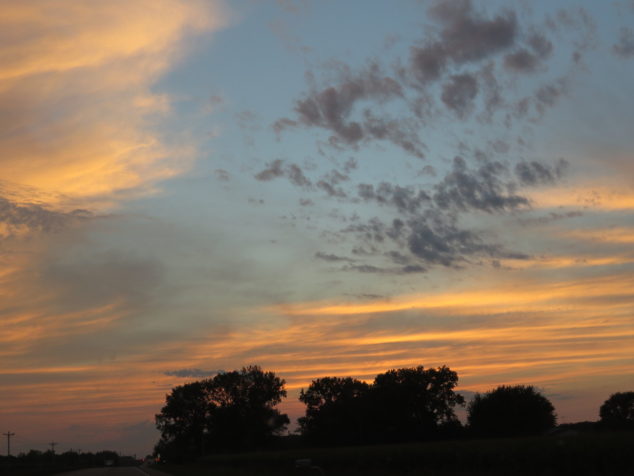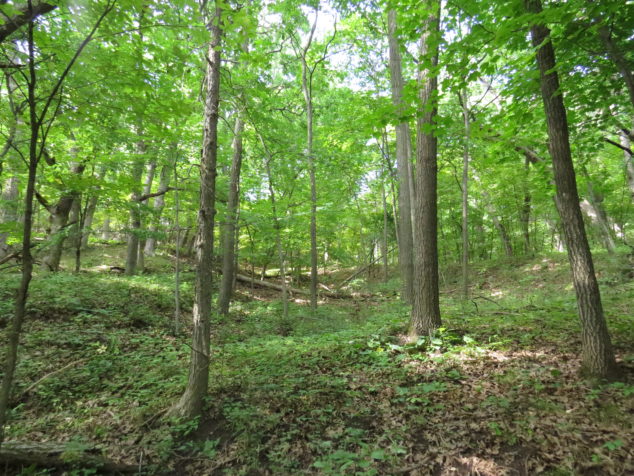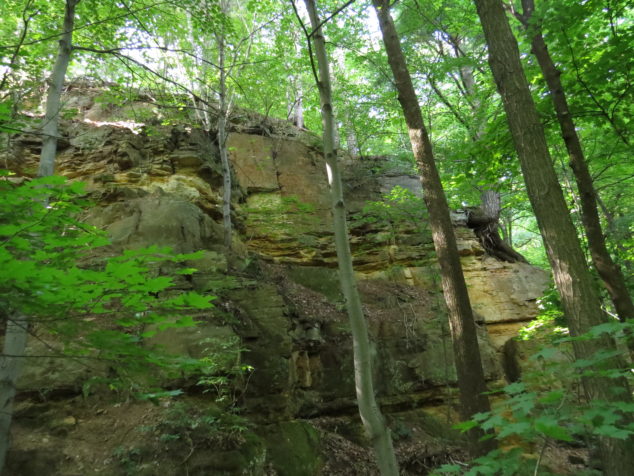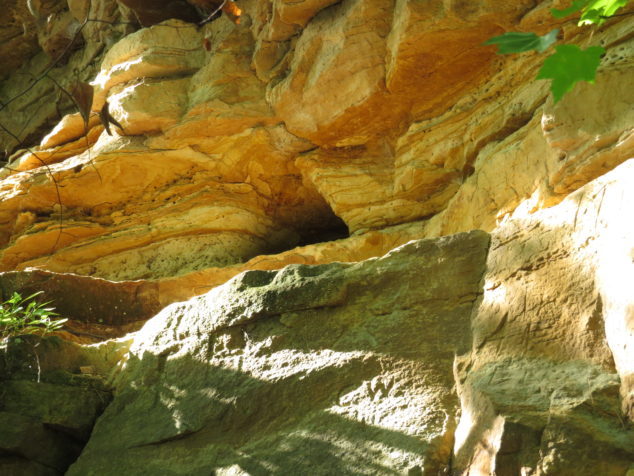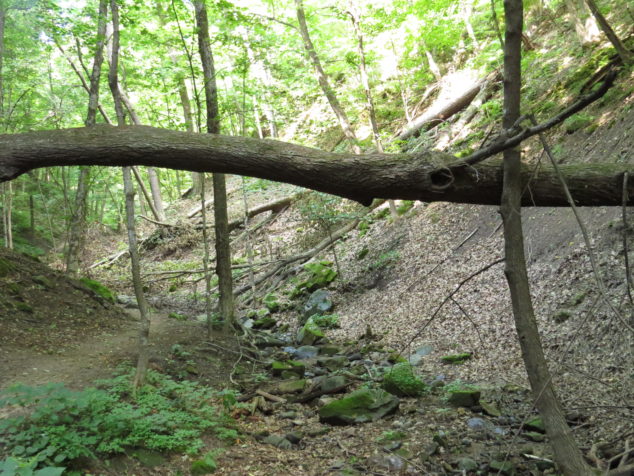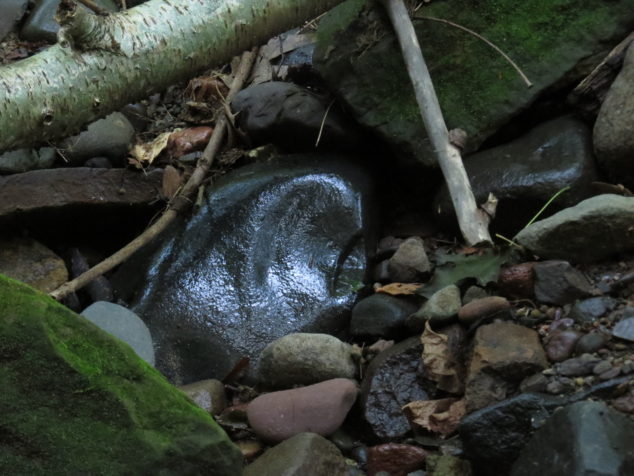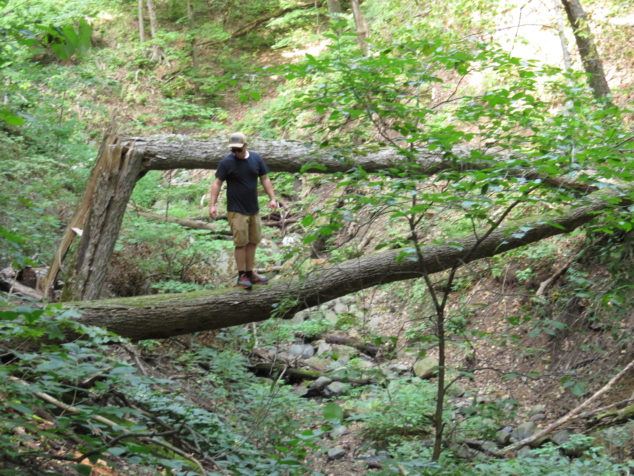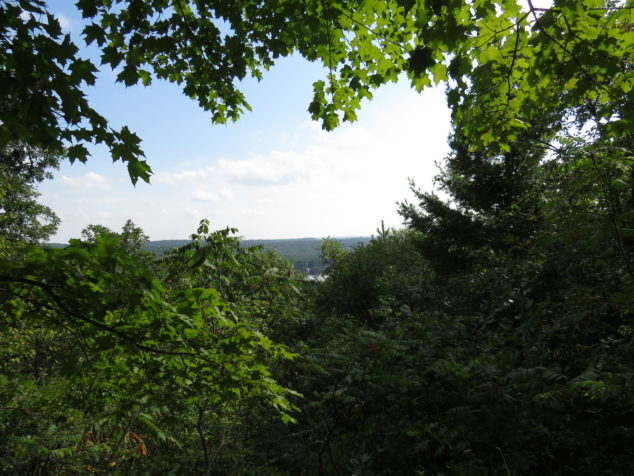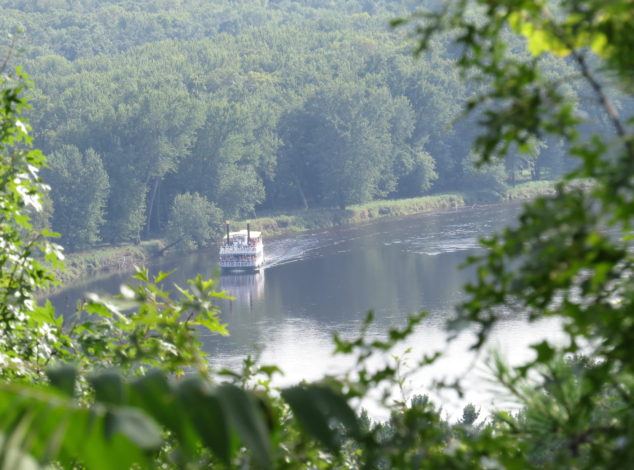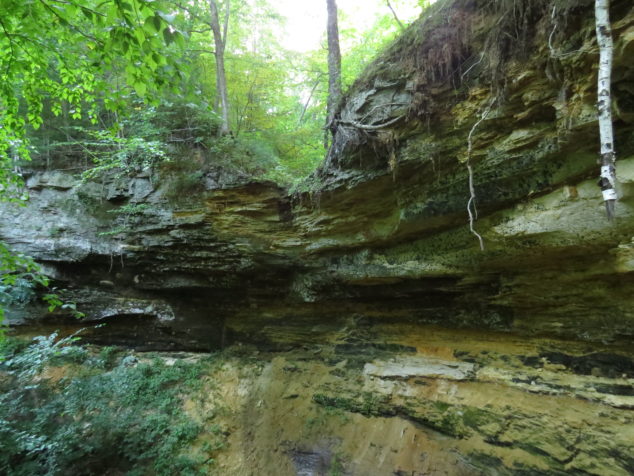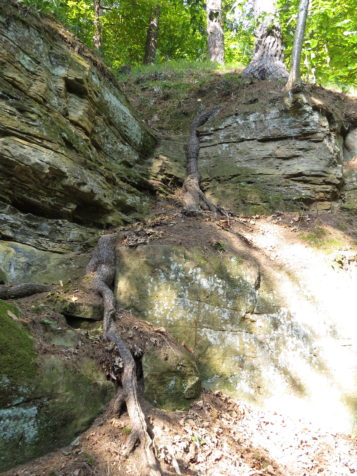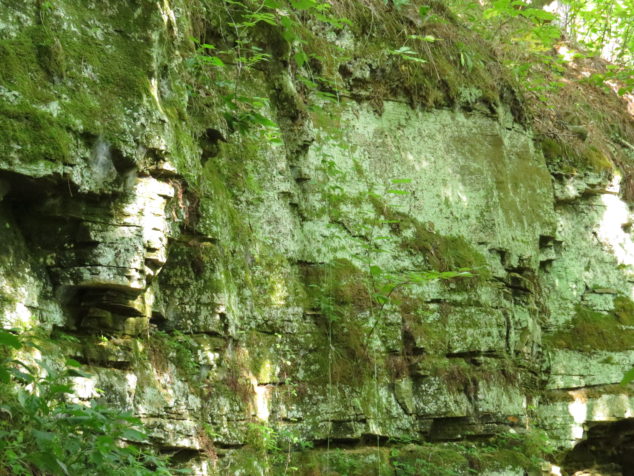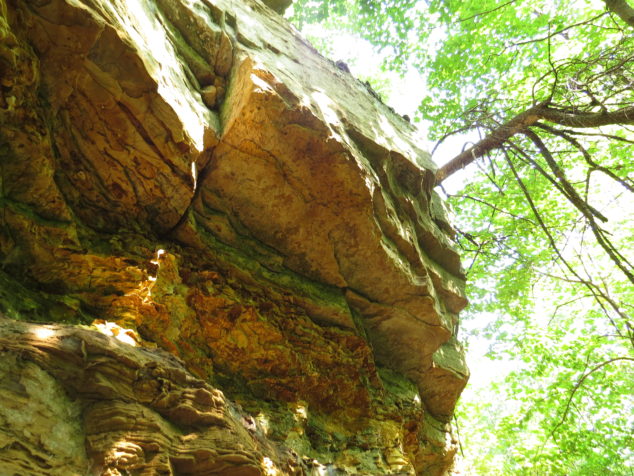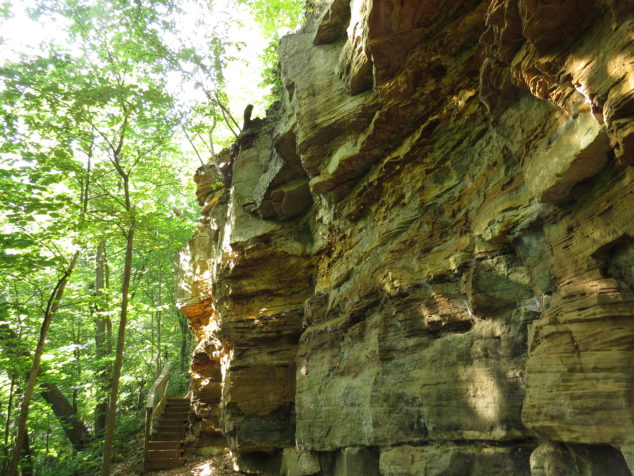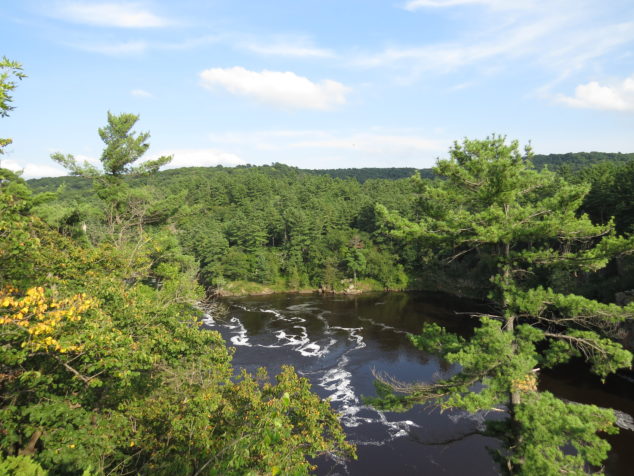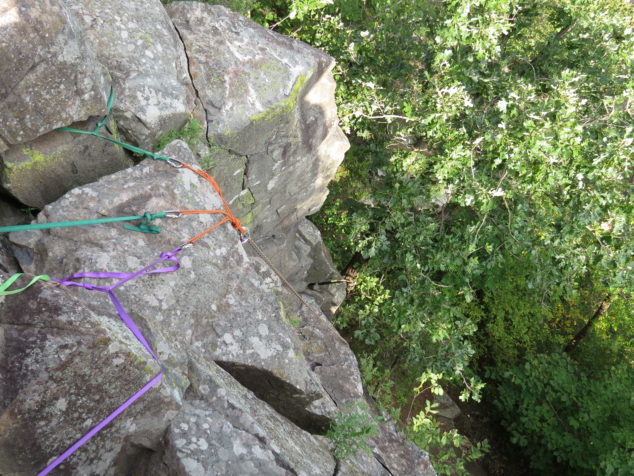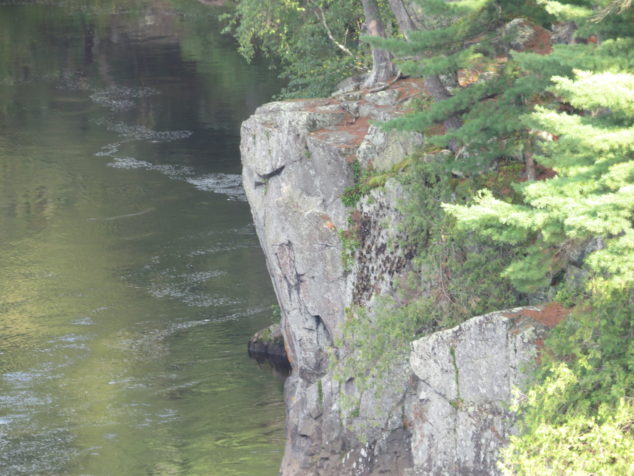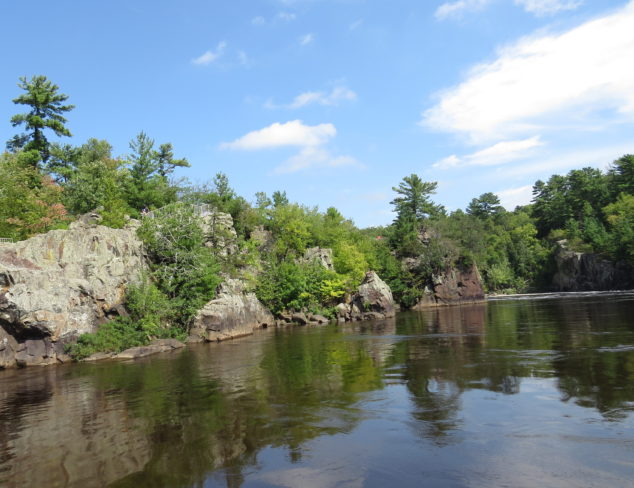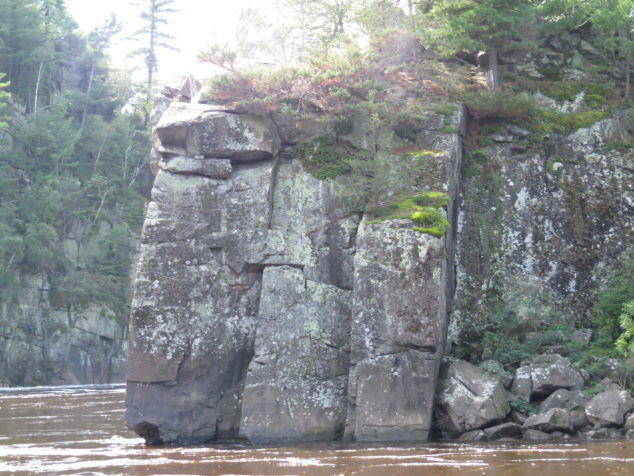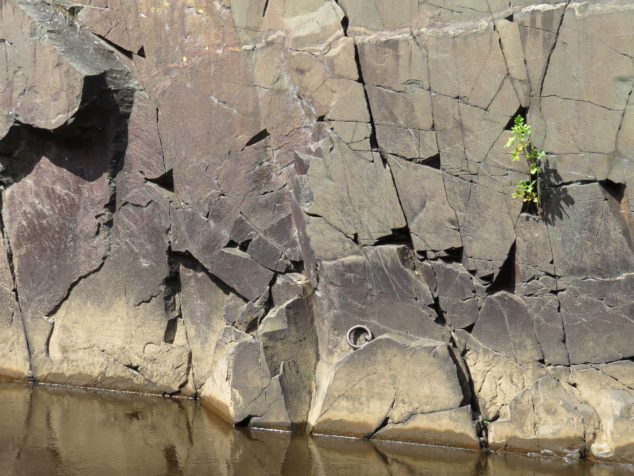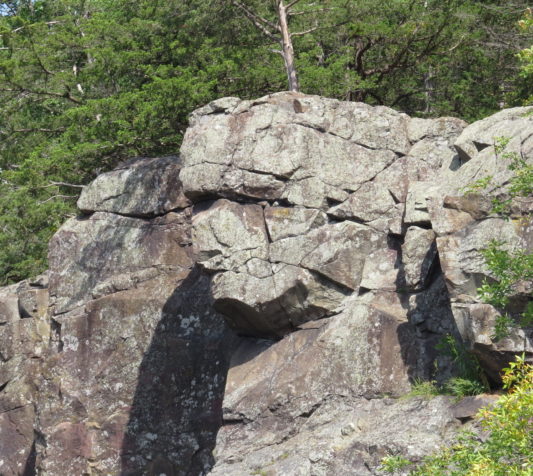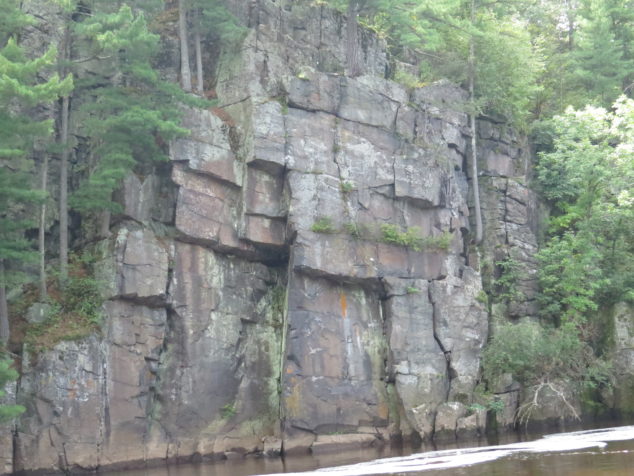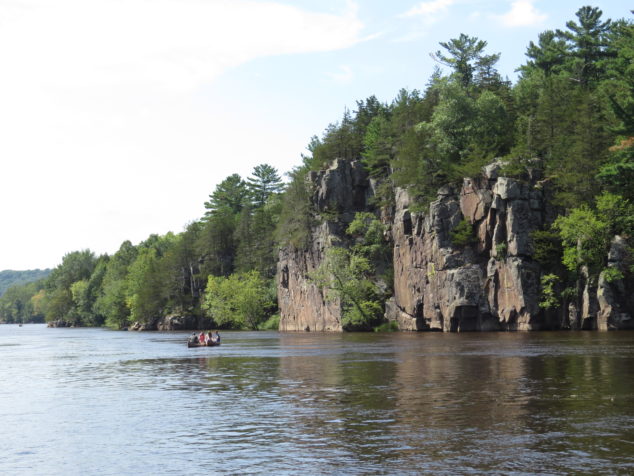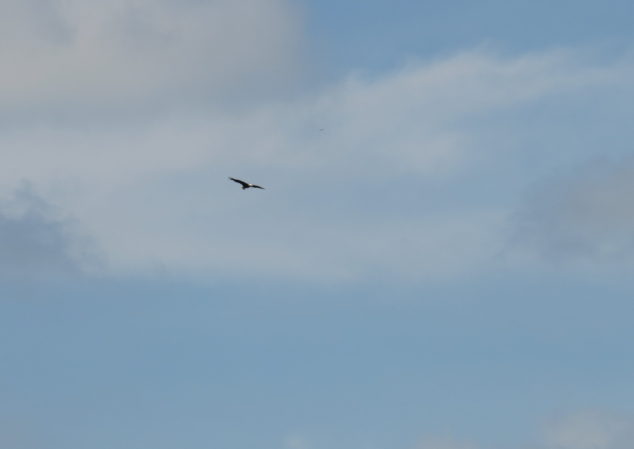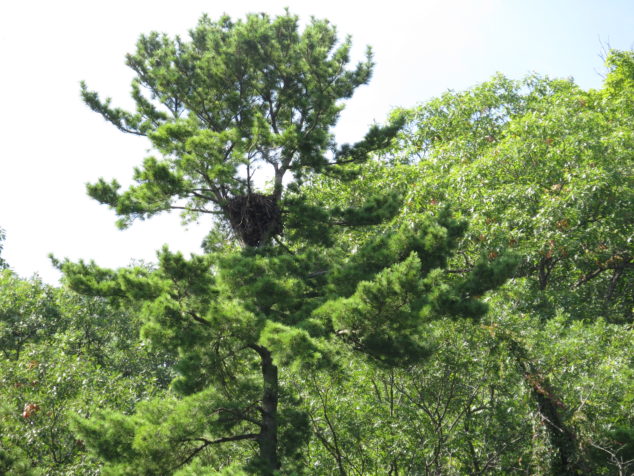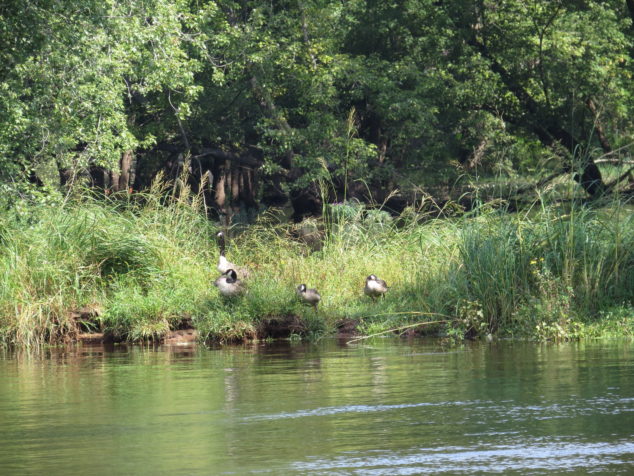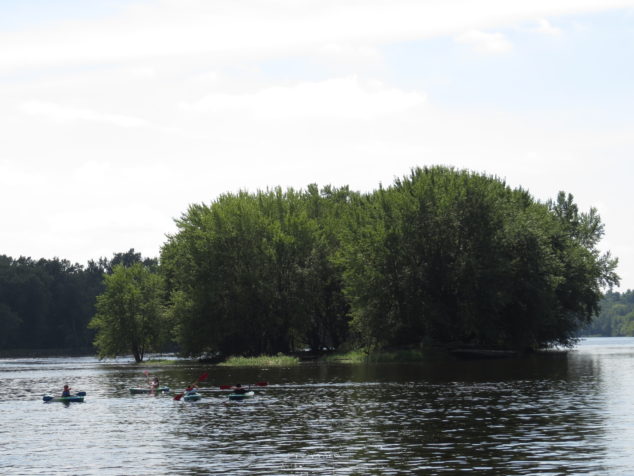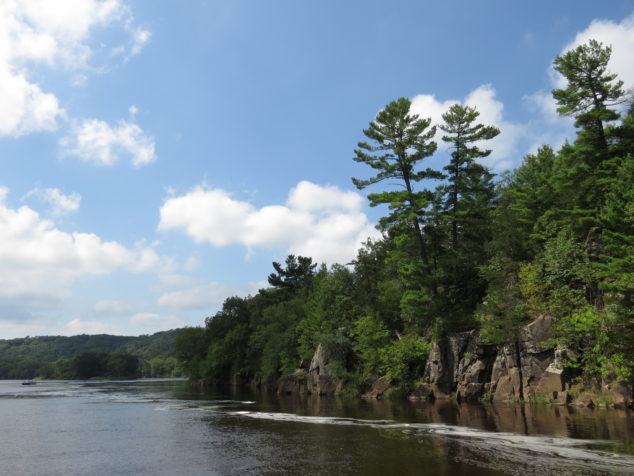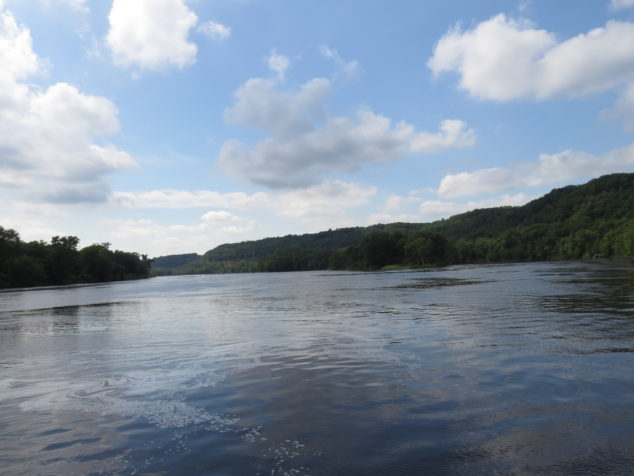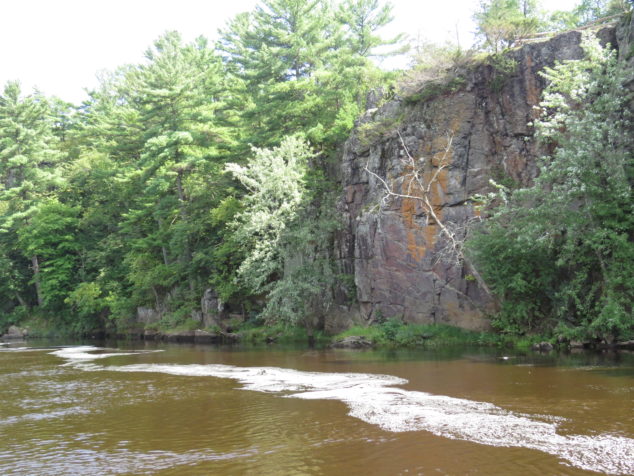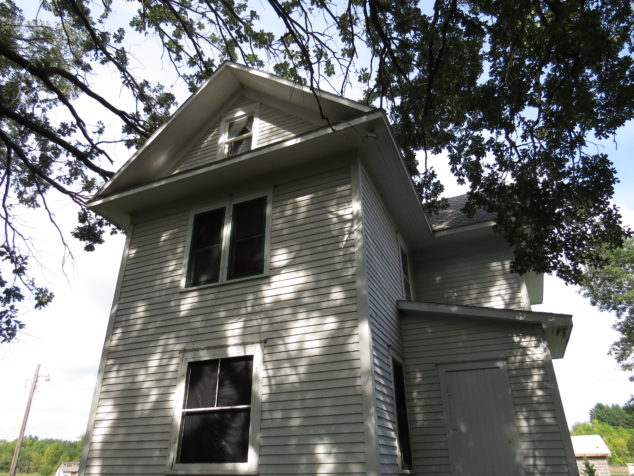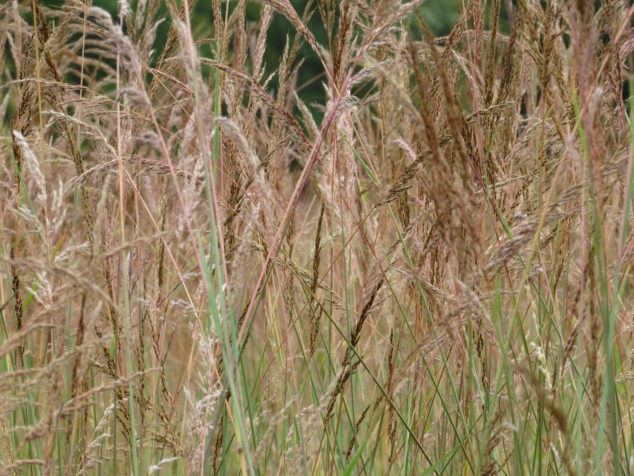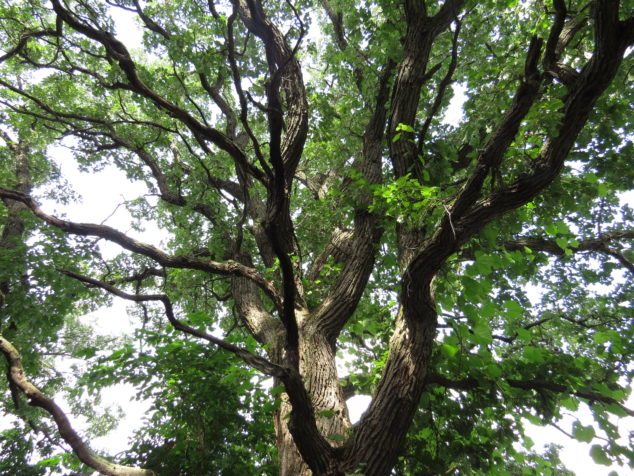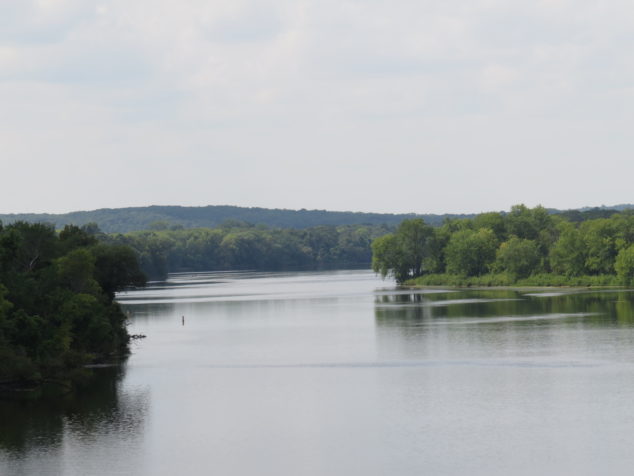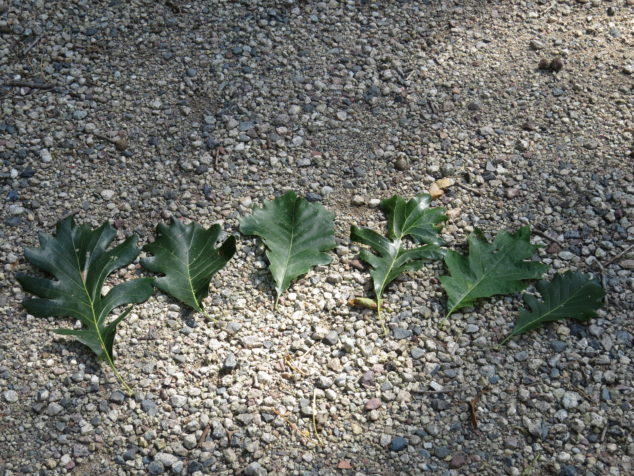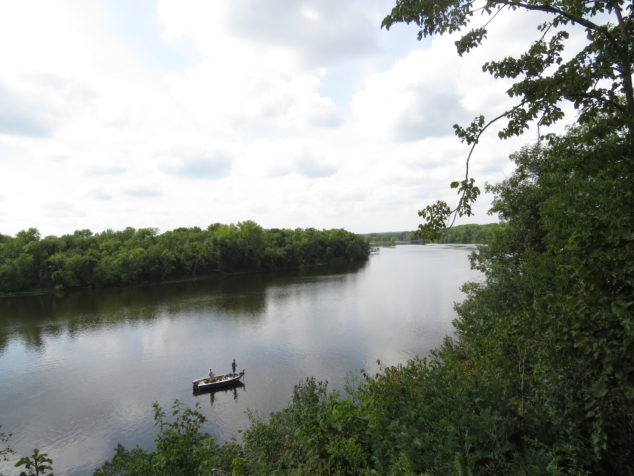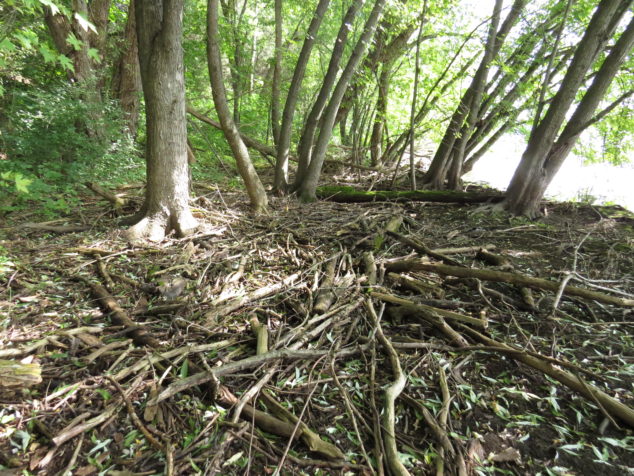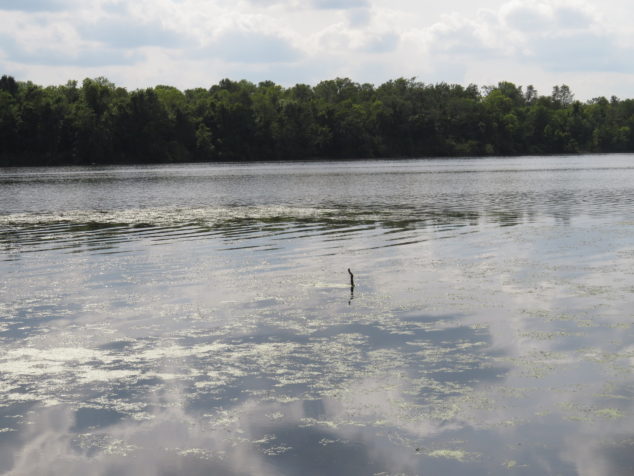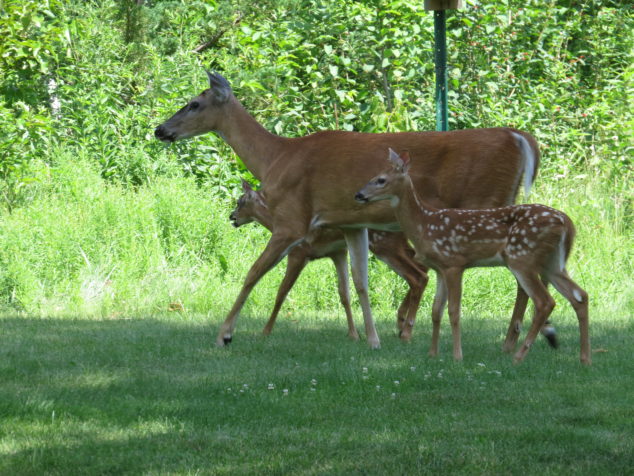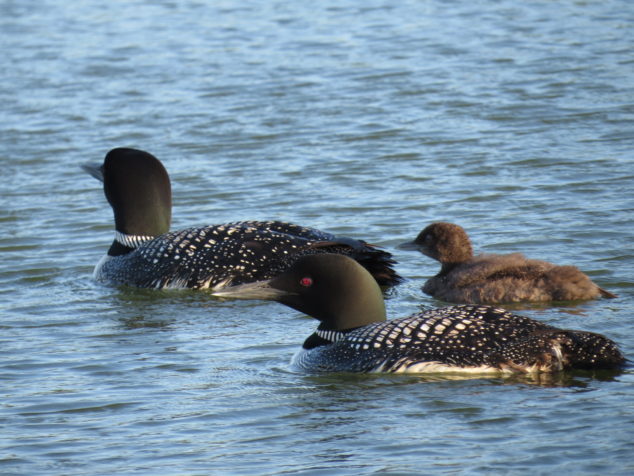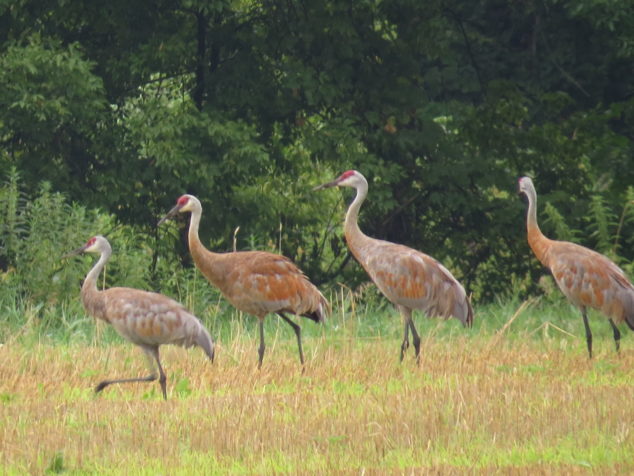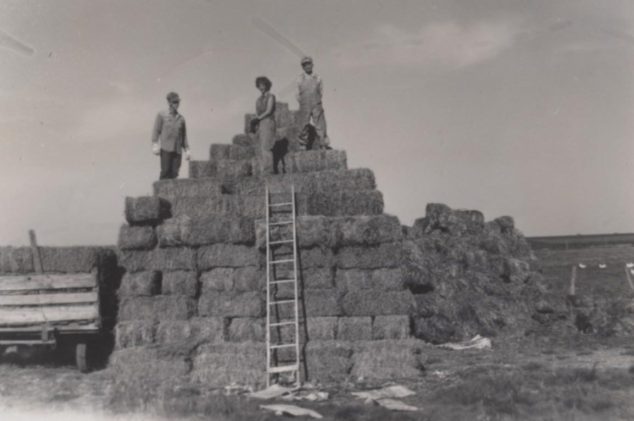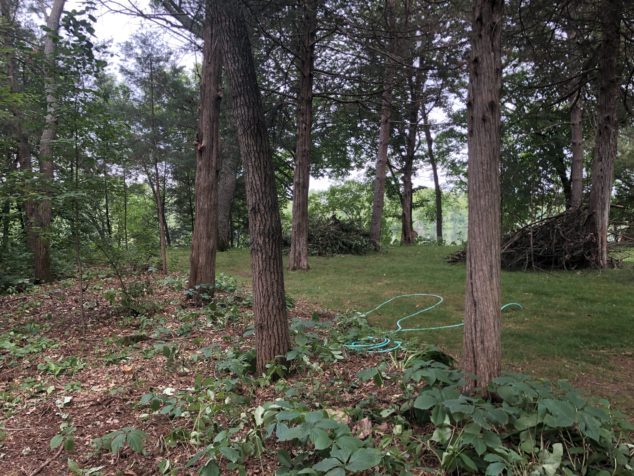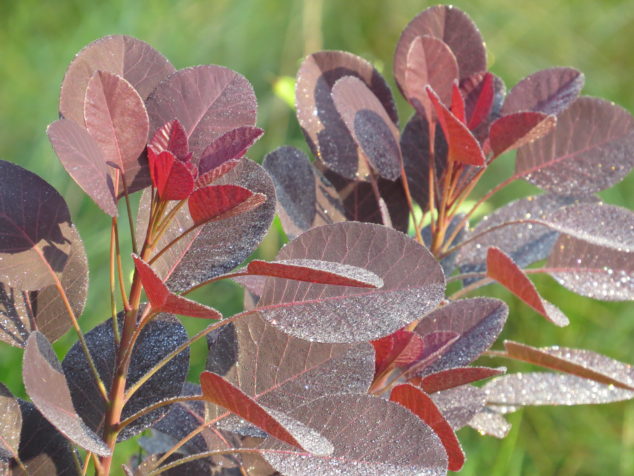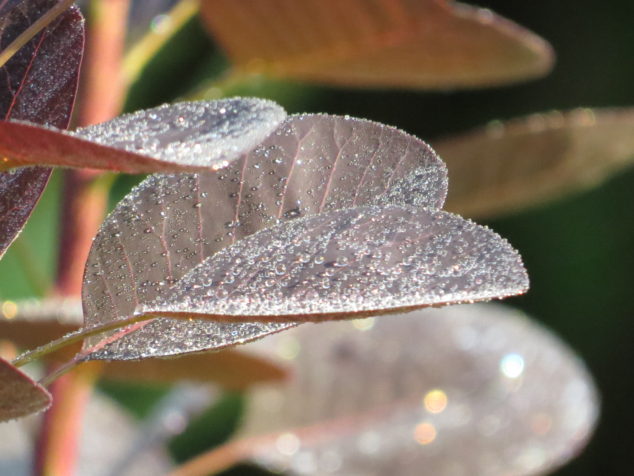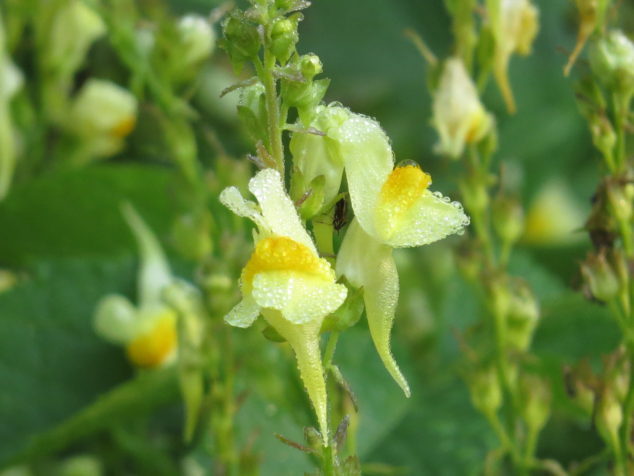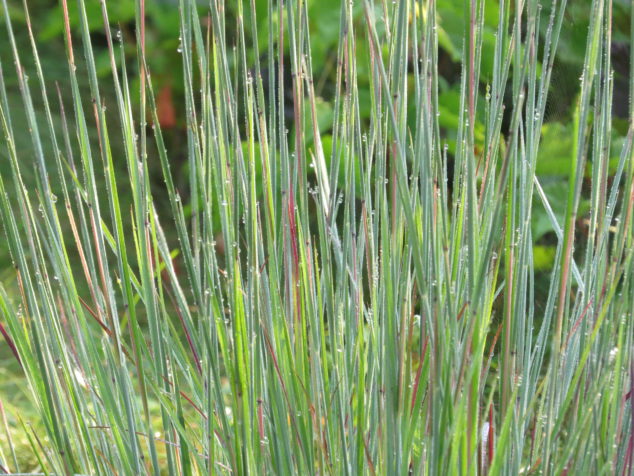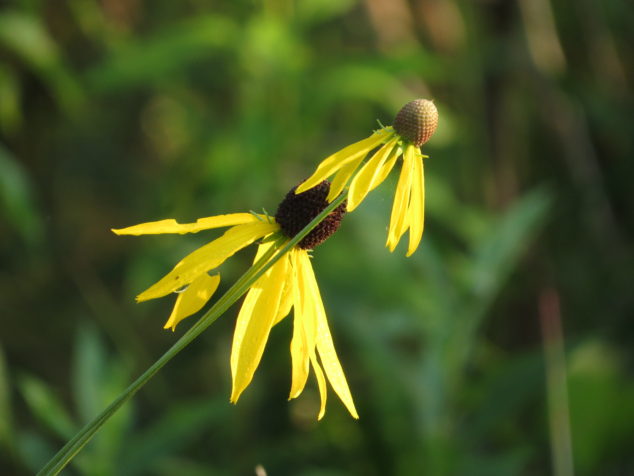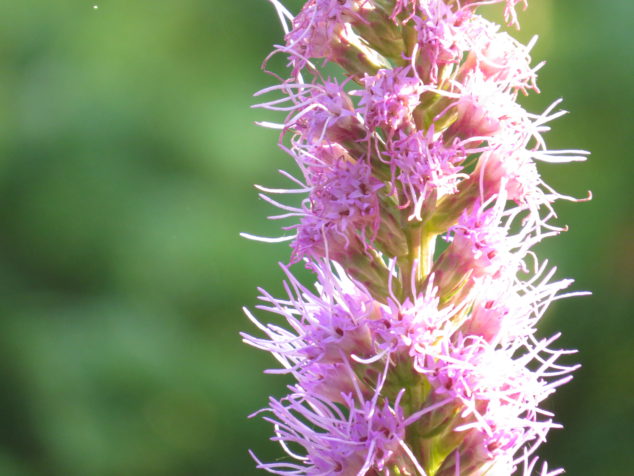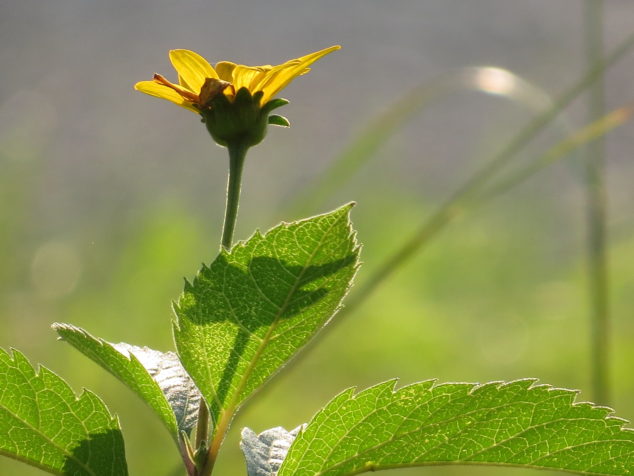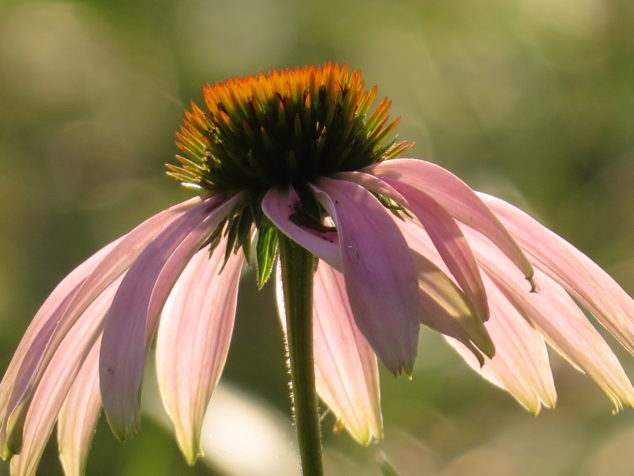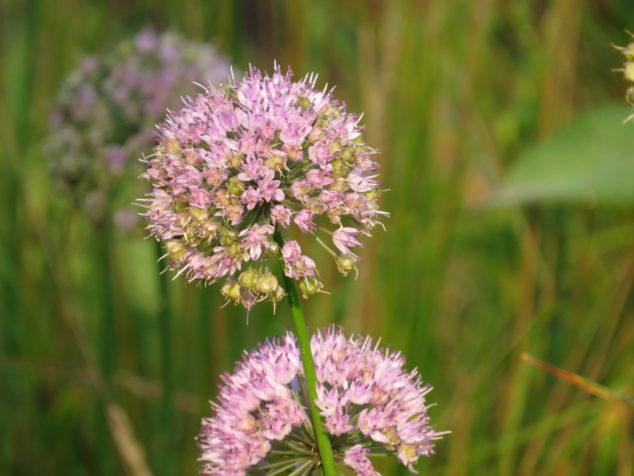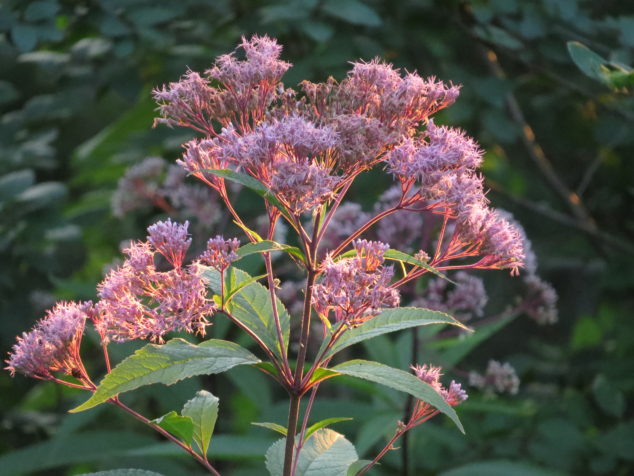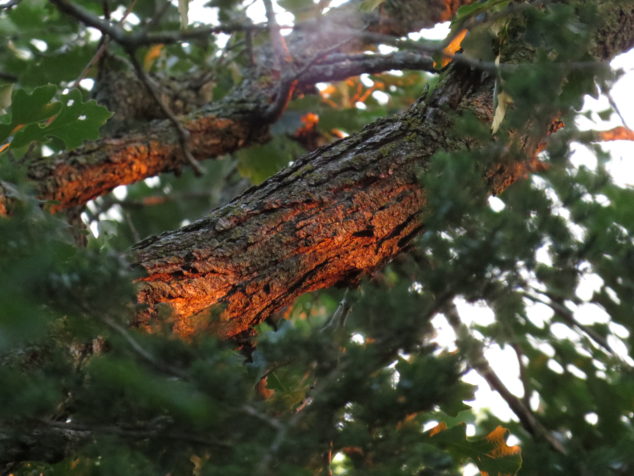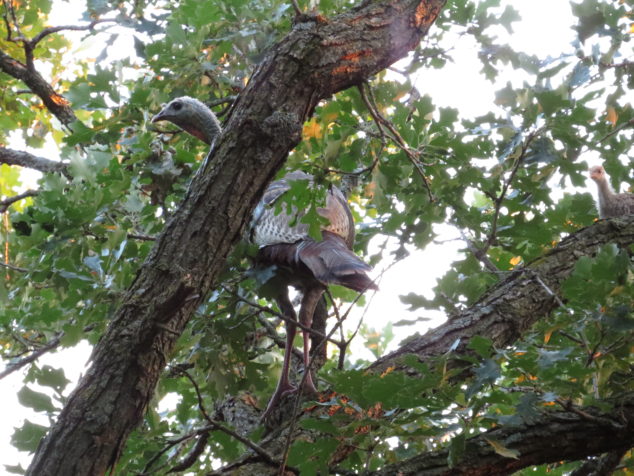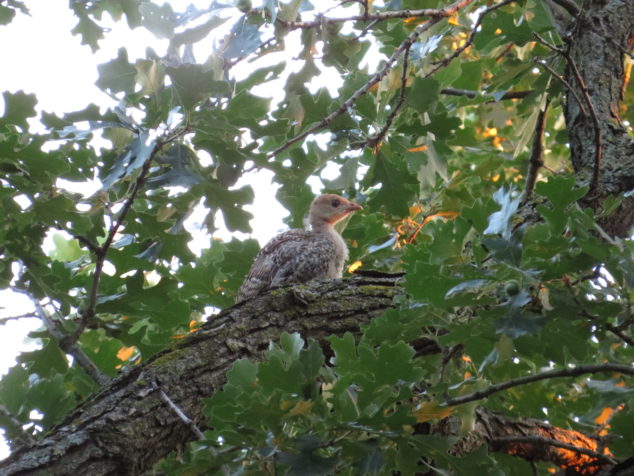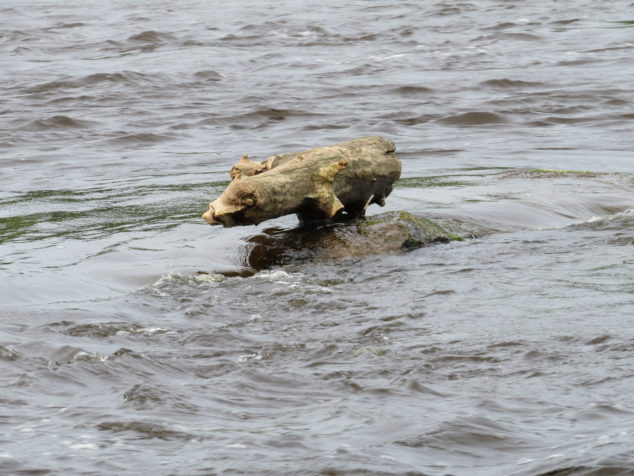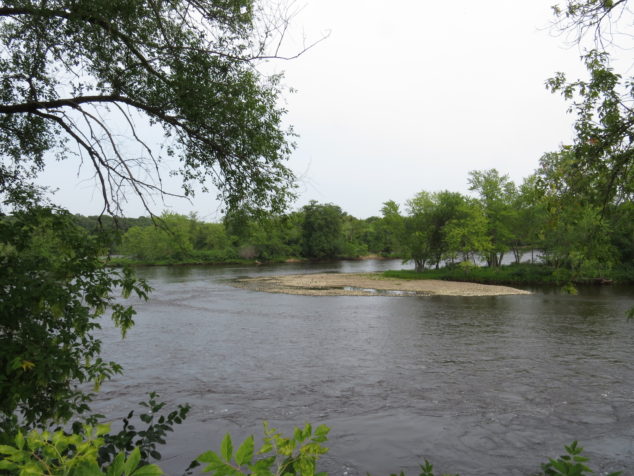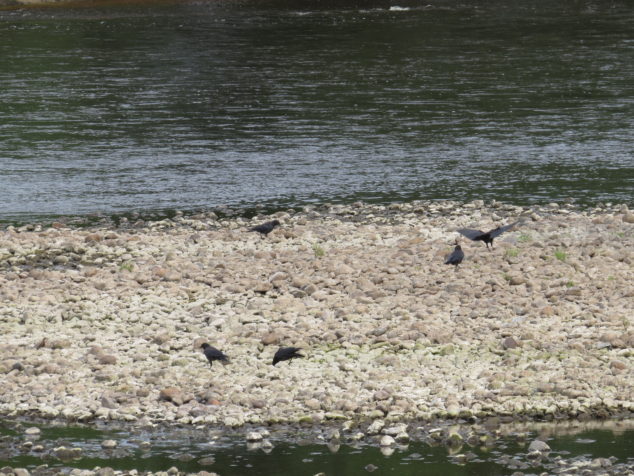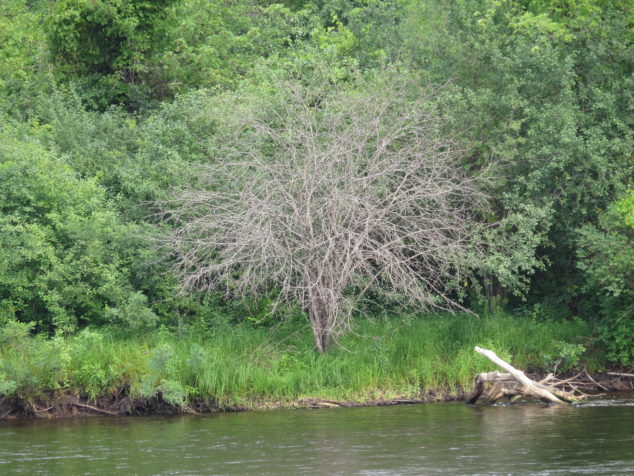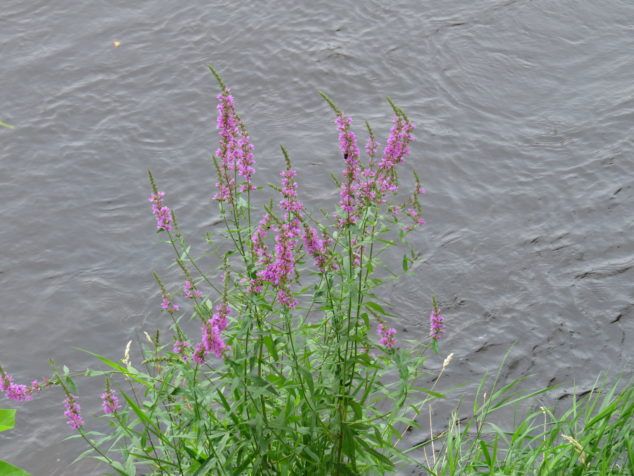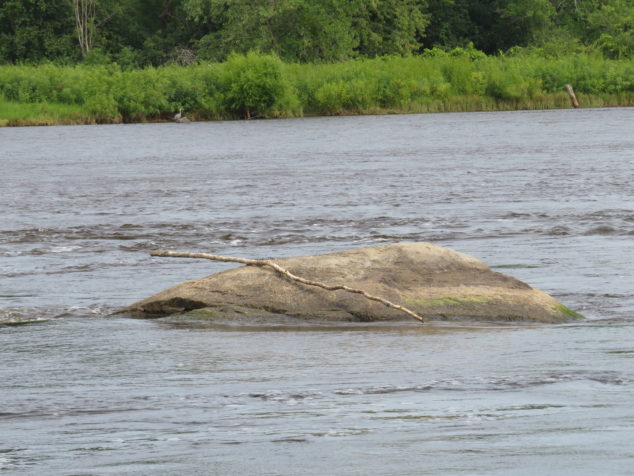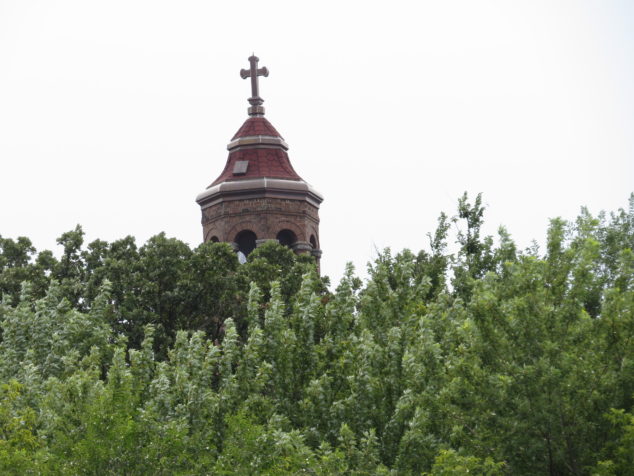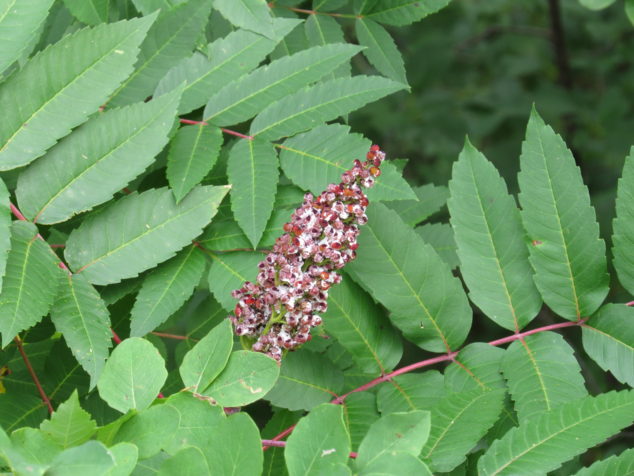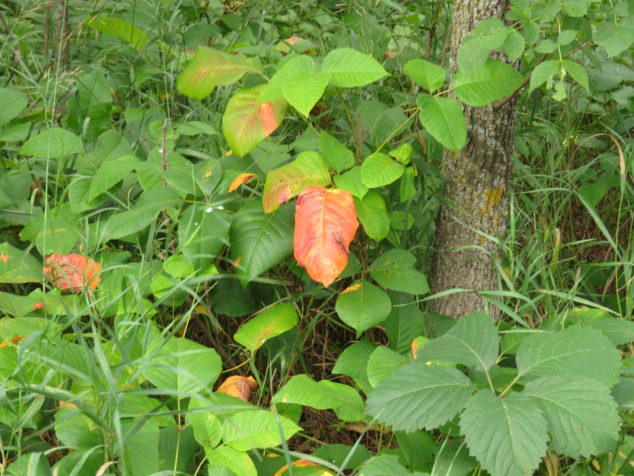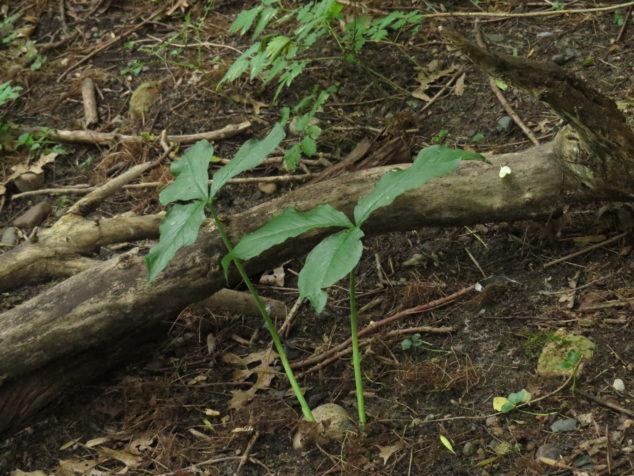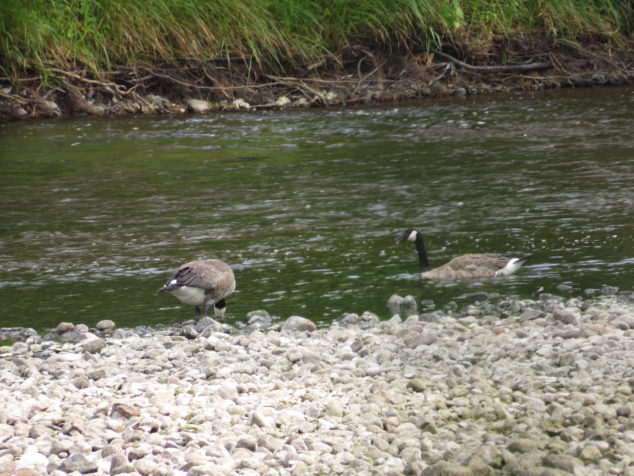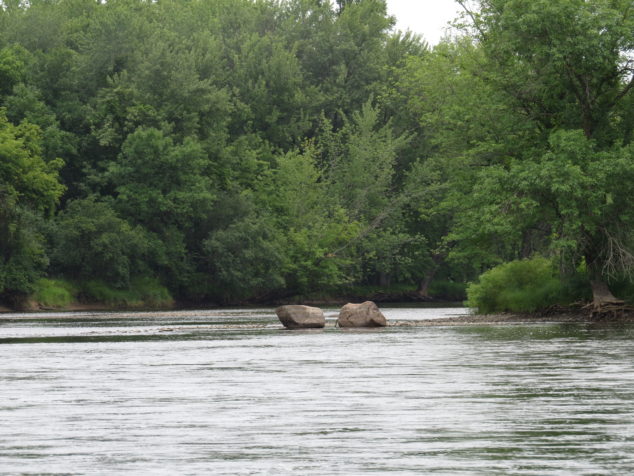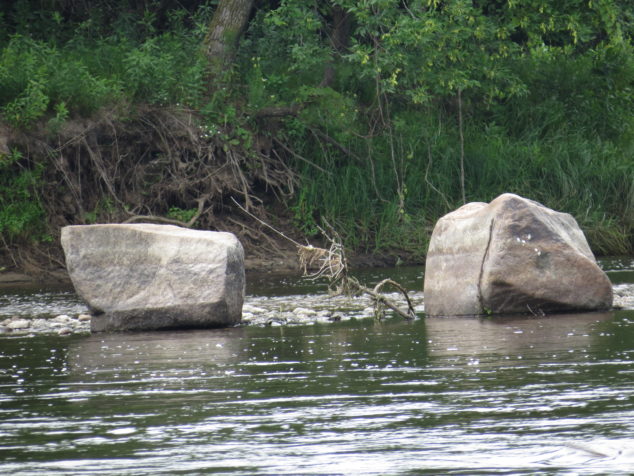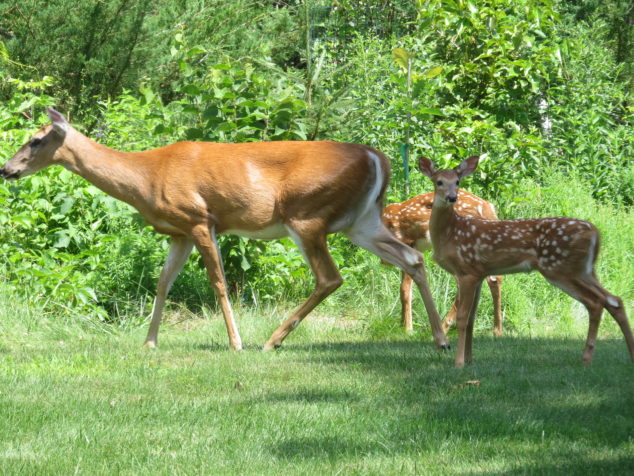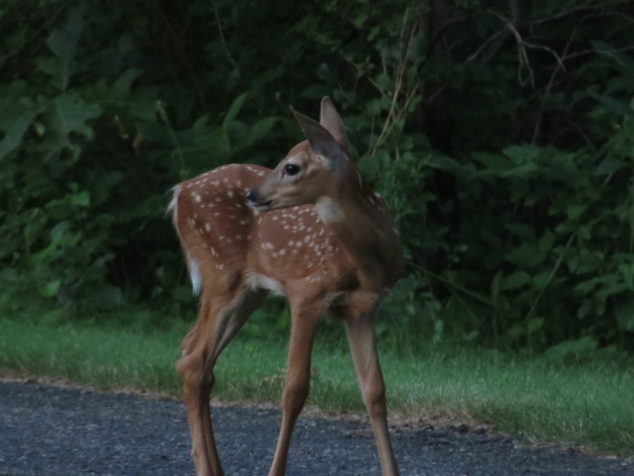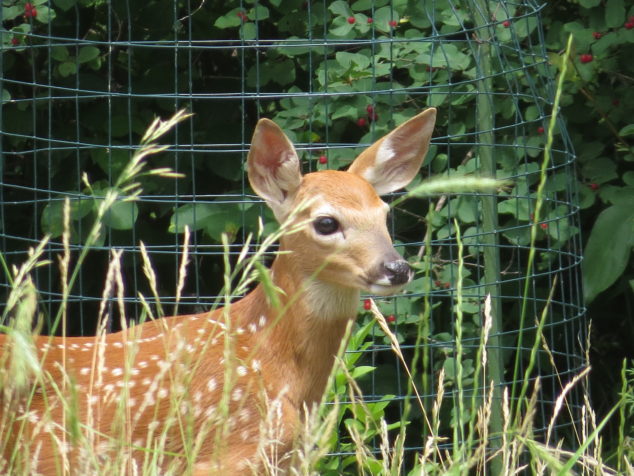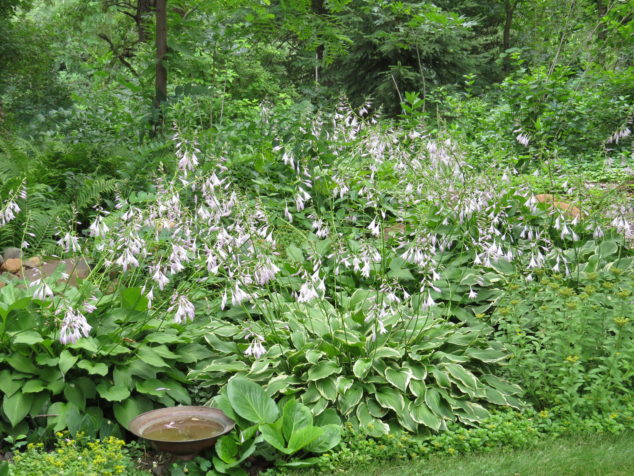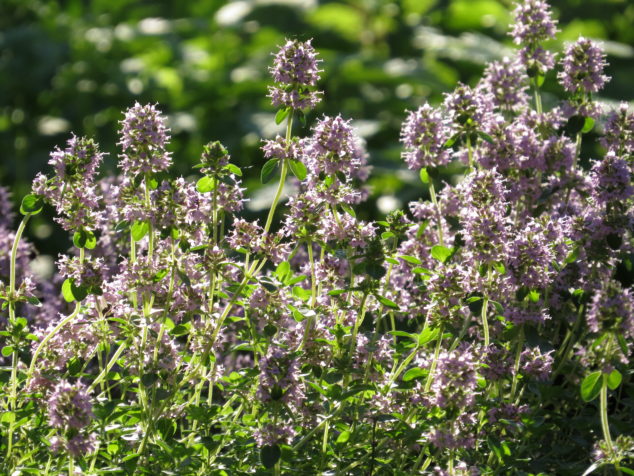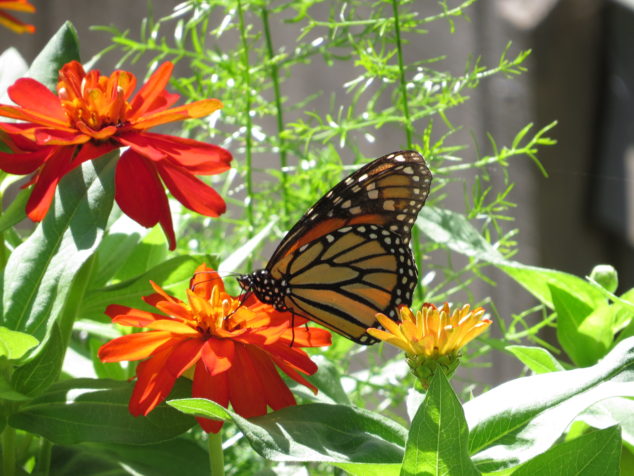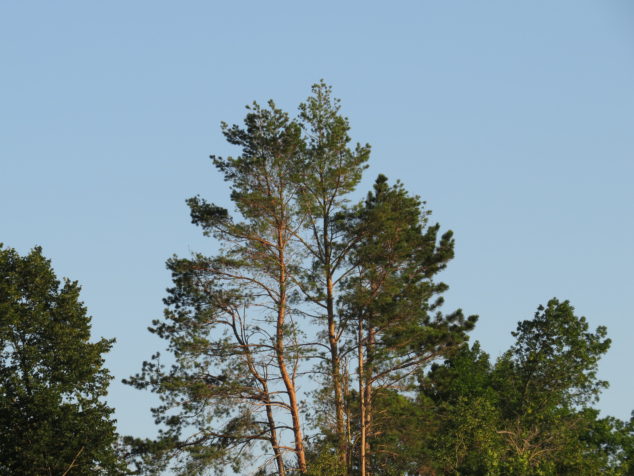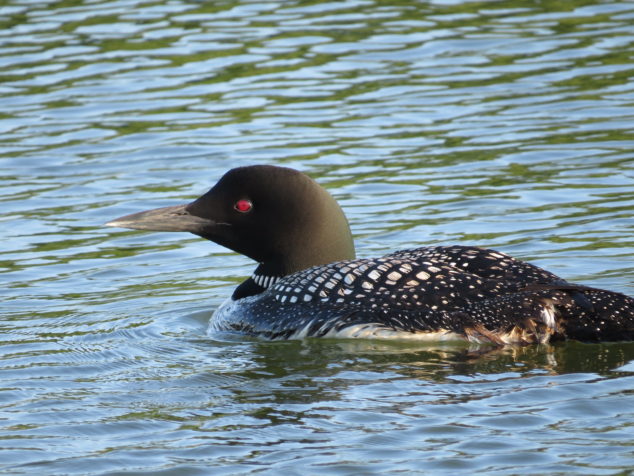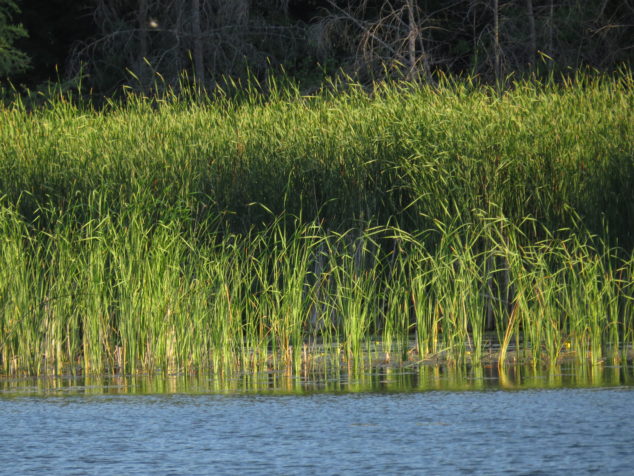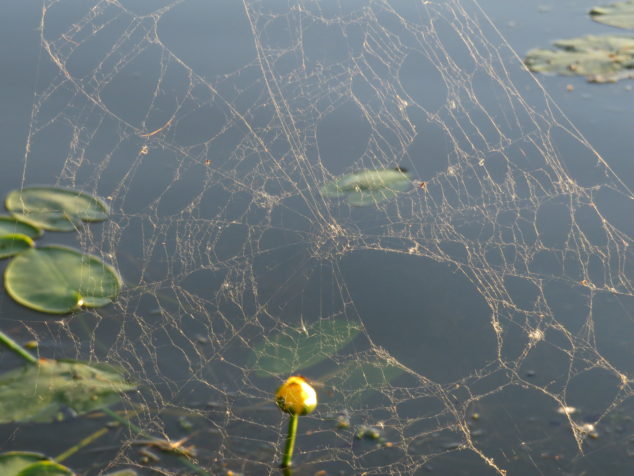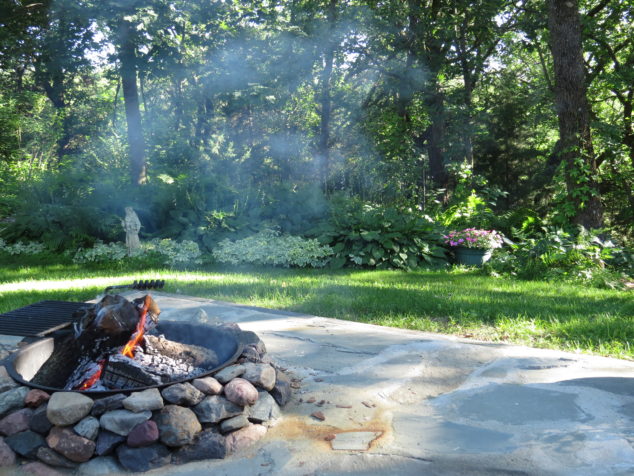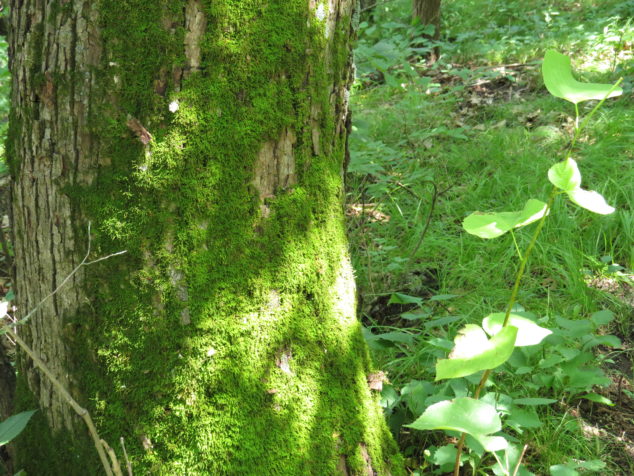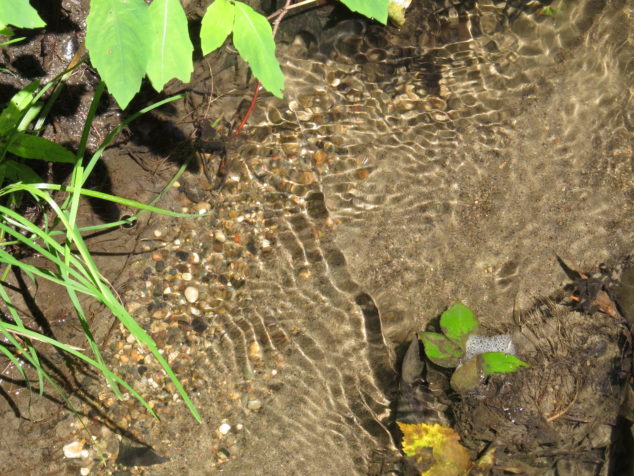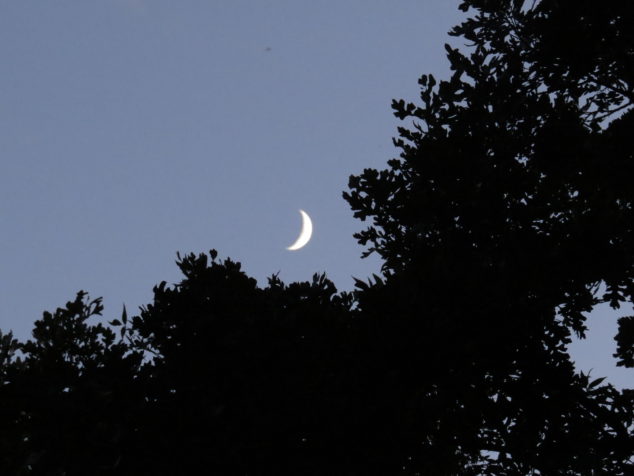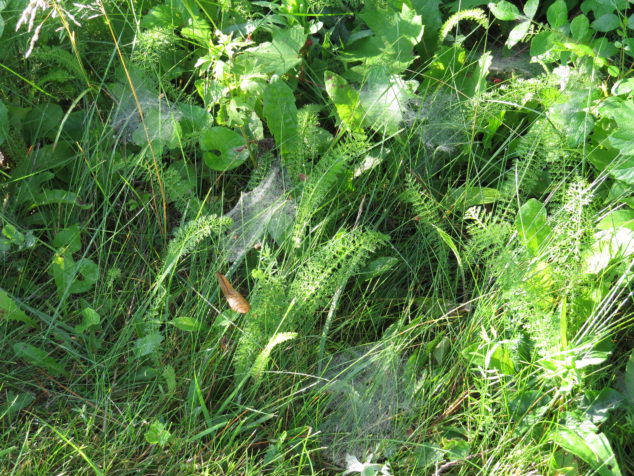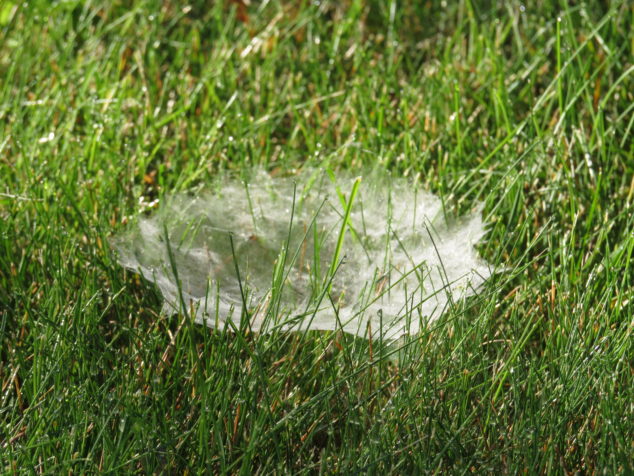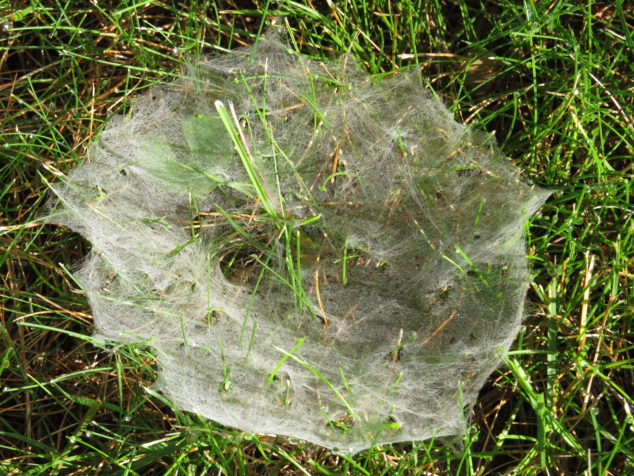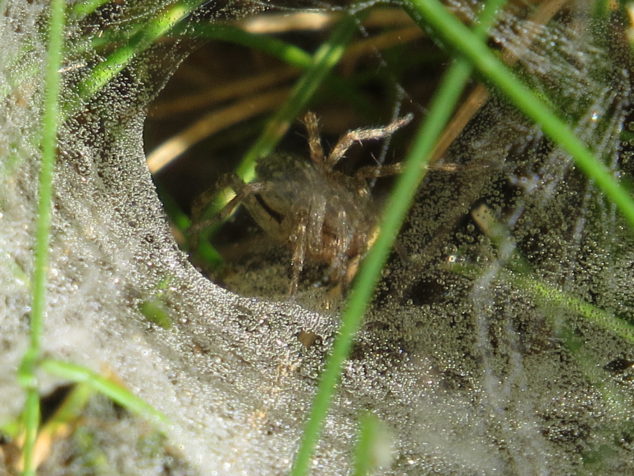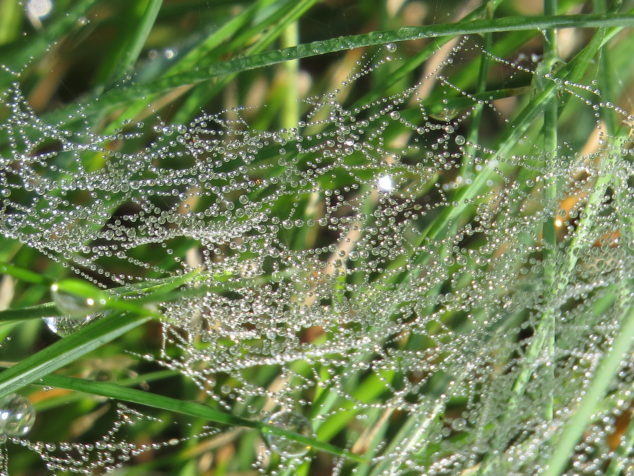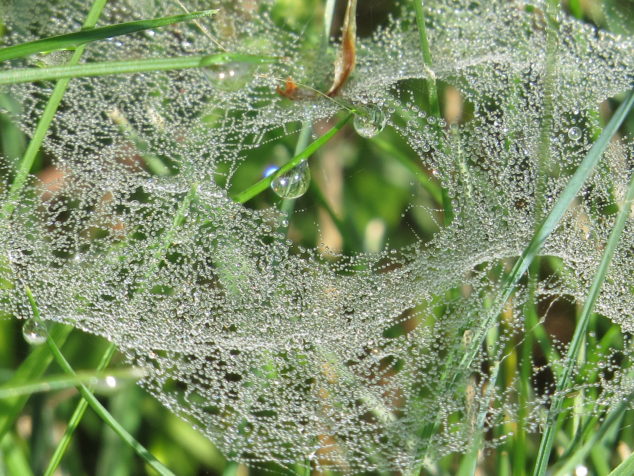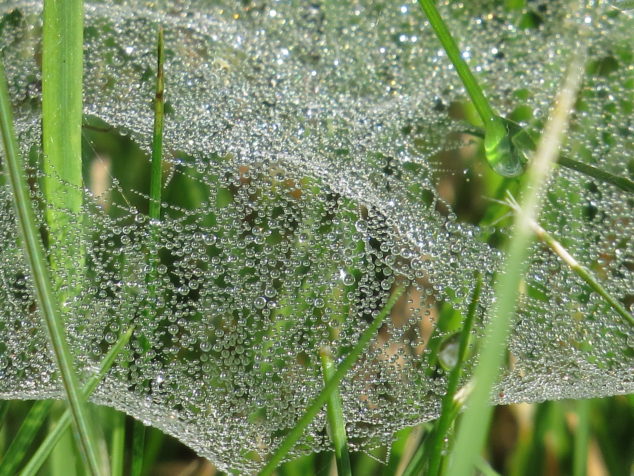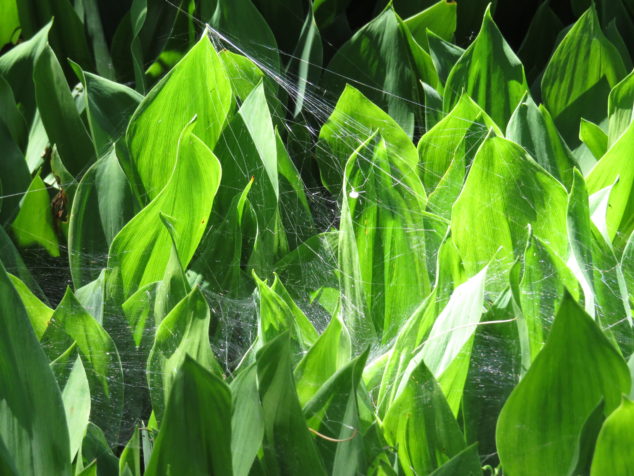I’ve known rivers: I’ve known rivers ancient as the world and older than the flow of human blood in human veins. My soul has grown deep like the rivers. –Langston Hughes
The third leg of our exploration of the Saint Croix River at Interstate State Park was confined to a smaller area called the Glacial Potholes, adjacent to the turbulent rapids of the Dalles.
This area is a geologist’s delight—it contains more potholes in a smaller area than any other place in the world. The word pothole reminds most of us of those annoying holes in the road at the end of winter, but these potholes were carved by the ancient Glacial River St. Croix into the even more ancient volcanic basalt rocks of the Dalles. When the Glacial Lake Duluth melted and drained away, tremendous amounts of water flowed down the Glacial River St. Croix cutting through the sandstone rock that had been deposited above the basalt during the shallow sea era. The speed and turbulence of the water and sandstone sediment carved the potholes into the hard, volcanic rock. Whirlpools were created as the water pummeled against large rocks then swirled around behind it, grinding cylindrical holes into the basalt.
Some of the potholes have been excavated, including one called the Bottomless Pit that is nearly sixty feet deep. Others are assumed to be even deeper. Grindstones of various sizes have been found in the bottom of the pits. Sediment and trash are removed from the potholes at certain times of the year.
Paths and bridges wove their way through the multi-level pothole area, and people climbed rocks and discovered yet another of the four hundred or so potholes. Baby potholes lined a high rocky area with trees—small bowls in the rock, holding water, pine needles, and duckweed.
Water and rock—the ancient carver and the medium that it worked on.
My weary legs called an end to our Saint Croix exploring, and as we drove west towards home, the sky mirrored some of the colors we had seen in the rocks and water of the Dalles region.
It is awe-inspiring to realize the ground we walked on was once an ancient lava flow. It was humbling to realize the land was once covered in an ancient sea. Even the relatively ‘young’ glaciers of ten thousand years ago that melted and carved their way through this area seem ancient in terms of our short lifetimes. Looking at the water and rocks of the Saint Croix River was beautiful in the present time and at face value, but knowing about the geological history deepened the story and beauty of the area. It gave it soul. We each have our own lives in present time and at face value—it can be beautiful or not so great. When we excavate the history of our lives, we begin to know the truth, we have a greater understanding of why things look the way they do in the present, and we get in touch with our souls. There is an unseen, ancient wisdom that flows like a river through our lives—let it expose the beauty.
